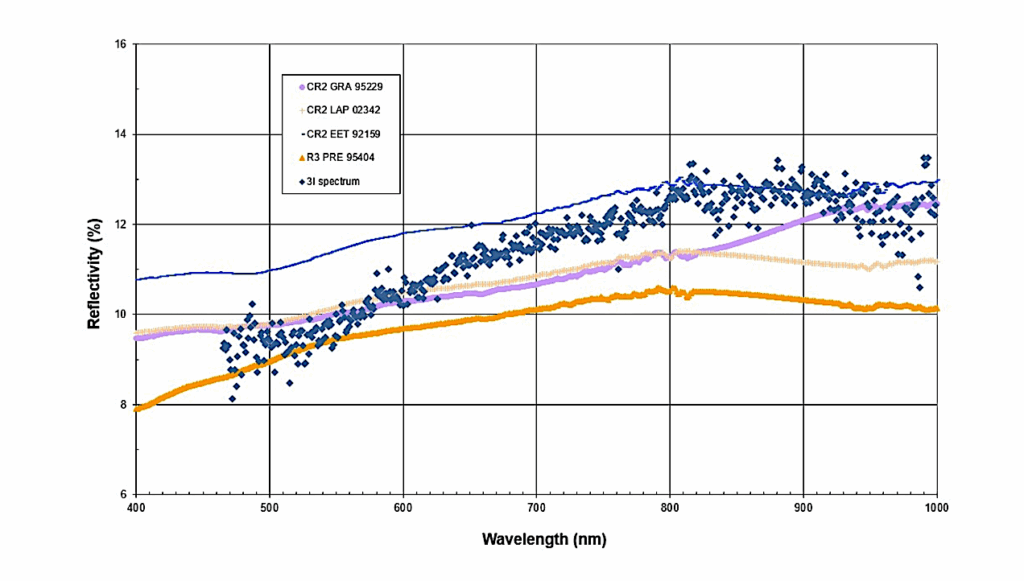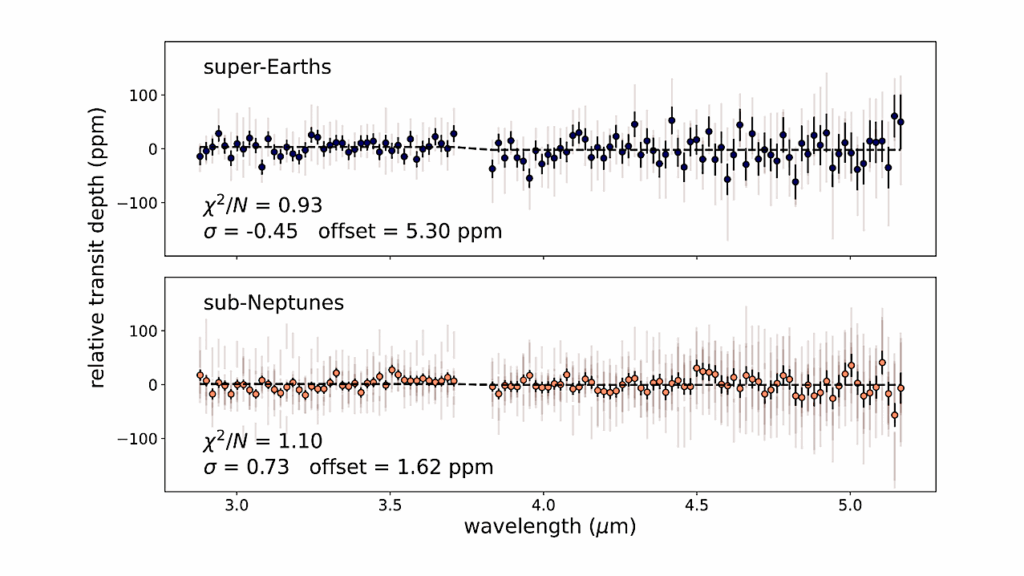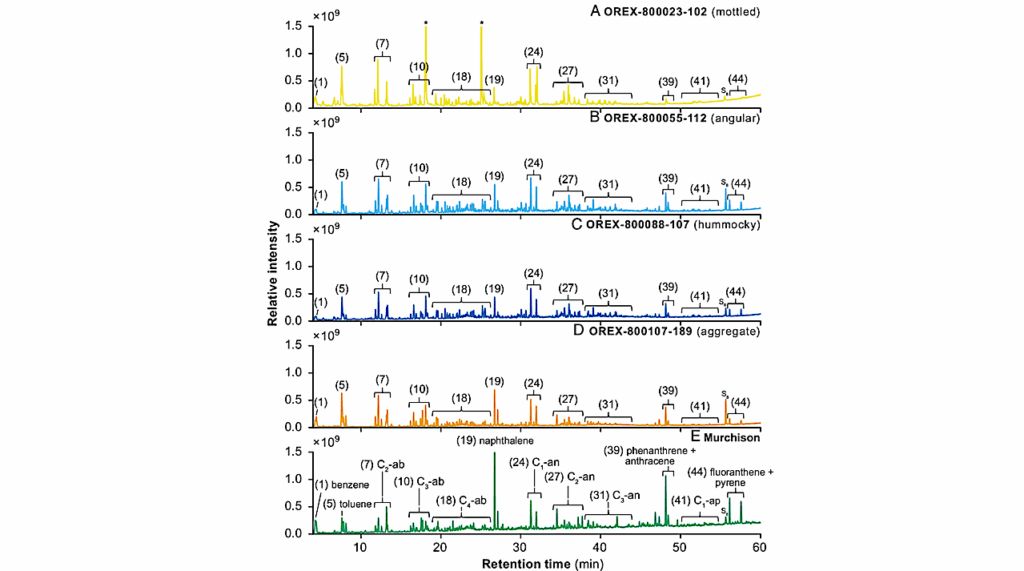Stability Of Nucleic Acid Bases In Concentrated Sulfuric Acid: Implications For The Habitability Of Venus’ Clouds

What constitutes a habitable planet is a frontier to be explored and requires pushing the boundaries of our terracentric viewpoint for what we deem to be a habitable environment.
Despite Venus’ 700 K surface temperature being too hot for any plausible solvent and most organic covalent chemistry, Venus’ cloud-filled atmosphere layers at 48 to 60 km above the surface hold the main requirements for life: suitable temperatures for covalent bonds; an energy source (sunlight); and a liquid solvent.
Yet, the Venus clouds are widely thought to be incapable of supporting life because the droplets are composed of concentrated liquid sulfuric acid-an aggressive solvent that is assumed to rapidly destroy most biochemicals of life on Earth. Recent work, however, demonstrates that a rich organic chemistry can evolve from simple precursor molecules seeded into concentrated sulfuric acid, a result that is corroborated by domain knowledge in industry that such chemistry leads to complex molecules, including aromatics.
We aim to expand the set of molecules known to be stable in concentrated sulfuric acid. Here, we show that nucleic acid bases adenine, cytosine, guanine, thymine, and uracil, as well as 2,6-diaminopurine and the “core” nucleic acid bases purine and pyrimidine, are stable in sulfuric acid in the Venus cloud temperature and sulfuric acid concentration range, using UV spectroscopy and combinations of 1D and 2D 1H 13C 15N NMR spectroscopy. The stability of nucleic acid bases in concentrated sulfuric acid advances the idea that chemistry to support life may exist in the Venus cloud particle environment.
Sara Seager, Janusz J. Petkowski, Maxwell D. Seager, John H. Grimes Jr., Zachary Zinsli, Heidi R. Vollmer-Snarr, Mohamed K. Abd El-Rahman, David S. Wishart, Brian L. Lee, Vasuk Gautam, Lauren Herrington, William Bains, Charles Darrow
Comments: Final published version available in PNAS this https URL
Subjects: Chemical Physics (physics.chem-ph); Earth and Planetary Astrophysics (astro-ph.EP)
Cite as: arXiv:2306.17182 [physics.chem-ph] (or arXiv:2306.17182v1 [physics.chem-ph] for this version)
https://doi.org/10.48550/arXiv.2306.17182
Focus to learn more
Journal reference: PNAS, June 12, 2023, 120 (25) e2220007120
Related DOI:
https://doi.org/10.1073/pnas.2220007120
Focus to learn more
Submission history
From: Janusz Petkowski
[v1] Mon, 19 Jun 2023 15:49:55 UTC (6,056 KB)
https://arxiv.org/abs/2306.17182
Astrobiology, Astrochemistry,








